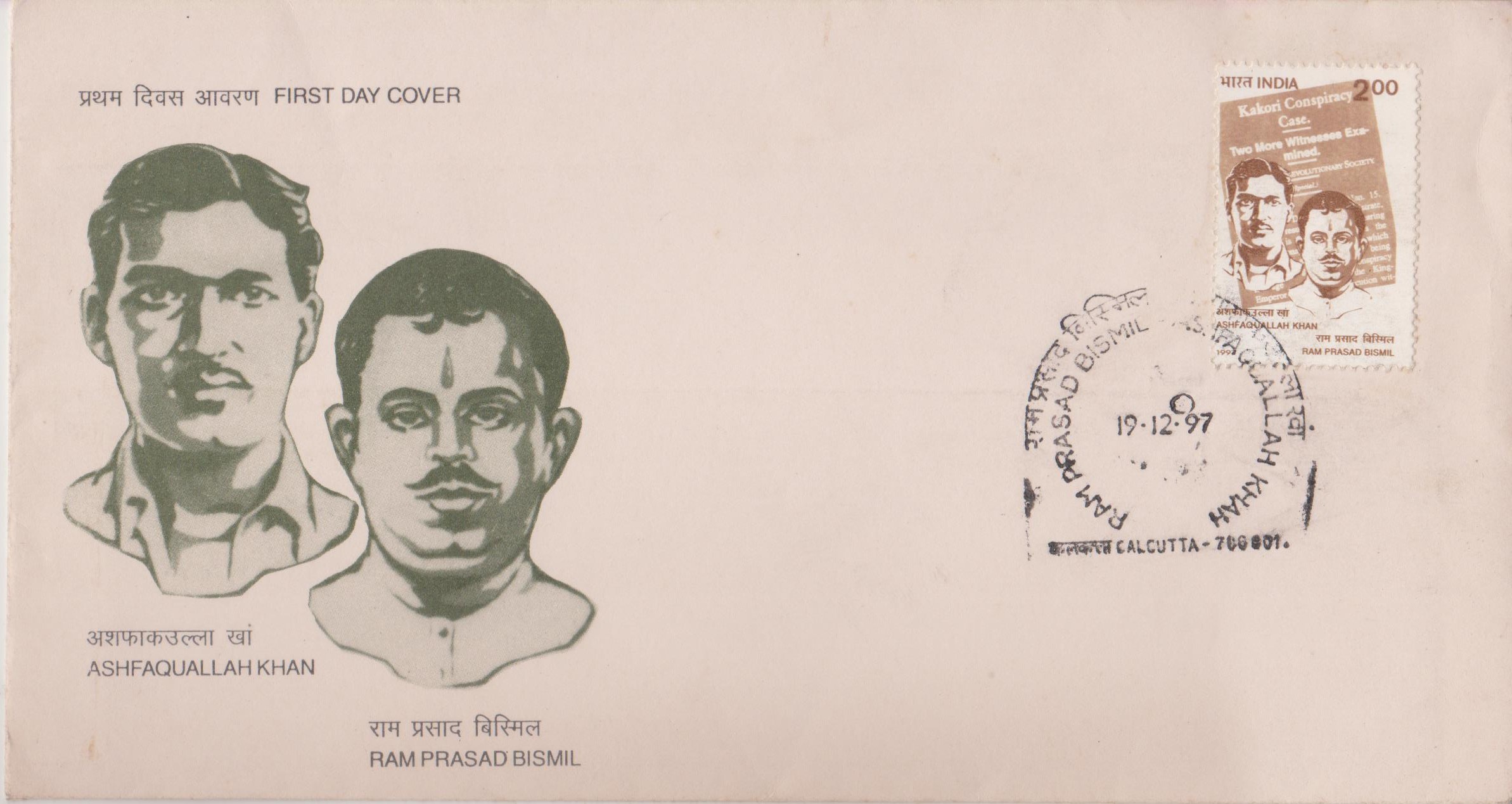
Ram Prasad Bismil & Ashfaqullah Khan
A commemorative postage stamp on the 70th death anniversary of Ram Prasad Bismil and Ashfaqulla Khan, members of revolutionary organisation, Hindustan Republican Association, famous for Kakori conspiracy case :
 Issued by India
Issued by India
Issued on Dec 19, 1997
Issued for : The Department of Post is privileged to issue a special commemorative stamp to mark the martyrdom of Ram Prasad ‘Bismil’ and Ashfaqullah Khan, and pay homage to the sacrifices of those heroic men and women, who suffered imprisonment and martyrdom, during the country’s struggle for freedom.
Credits :
Stamp, FDC and Cancellation : Smt. Alka Sharma
Type : First Day Cover
Colour : Single Colour
Denomination : 200 Paise
Overall size : 4.06 x 2.73 Cms.
Printing size : 3.71 x 2.38 Cms.
Perforation : 13 x 13
Paper : Imported un w/m Adhesive Gravure Coated Stamp Paper in reels 47 cms.
Stamps Printing : 0.4 Million
Number per issue sheet : 40
Printing Process : Photogravure
Printer : India Security Press, Nasik
Name : Ram Prasad Bismil
Born on Jun 11, 1897 at Shahjahanpur, North–Western Provinces, British India [now in Uttar Pradesh, India]
Died on Dec 19, 1927 at Gorakhpur, United Provinces of Agra and Oudh, British India [now in Uttar Pradesh, India]
Name : Ashfaqulla Khan
Born on Oct 22, 1900 at Shahjahanpur, North–Western Provinces, British India [now in Uttar Pradesh, India]
Died on Dec 19, 1900 at Faizabad, United Provinces, British India [now in Uttar Pradesh, India]
About :
- In the history of India’s struggle for freedom, the revolutionary movement of the early part of the century, particularly the 1920s has a very special place. The bravery of young men and women who in their own way fought for the freedom of the country and cheerfully accepted imprisonment, even death in the cause of the freedom of the nation, awakened the sensibilities of the people at large. The saga of their bravery was sung across the country and served to unite the people in the firm resolve to attain independence.
- Among these revolutionaries, the names of Ram Prasad Bismil and Ashfaqullah Khan have a very special place.
- From a very young age, ‘Bismil’ as he was popularly known was filled with the strong desire to free his country from the foreign yoke. Though actively involved in the 1919 Mainpuri Conspiracy, he escaped arrest and concentrated on building up the ‘Hindustan Republic Association’, which aimed to abolish all forms of oppression from the country, through armed revolution. Ashfaqullah Khan, along with ‘Bismil’, was in the forefront of the movement.
- To raise funds for revolutionary activity ‘Bismil’ along with Ashfaqullah Khan and some others organized a train hold up, to loot government money near Kakori Station on Lucknow–Saharanpur line on August 1925. Though they had vowed to avoid any forms of violence, in the skirmish one person was killed. The police made widespread arrest. After brutal interrogation, information was collected, on the basis of which Bismil and his friends were arrested and tried in the Kakori conspiracy case. There were proceedings in court against 22 revolutionaries, which extended to one and a half years. The pronouncement of sentence was very harsh. While the others were deported to the dreaded jail in Andamans, Ram Prasad Bismil, Ashfaqullah Khan, Rajendra Lahiri and Roshan Singh were sentenced to death by hanging. On 19th December 1927, they suffered martyrdom in the name of the motherland. In the annals of the country’s history, the sacrifices of these heroes, will forever be remembered and venerated.
- After Bismil’s death his work was continued by Chandrasekhar Azad along with Bhagat Singh and Sukhdev who rebuilt this band of heroic and self-sacrificing youth who wanted to influence the national movement in a revolutionary direction. The revolutionaries gradually realized the futility of the terrorist method and later concentrated on building mass organisation of workers and peasants.
- Text : India’s Struggle for Independence : N.C.E.R.T. & Dictionary of National Biographies. Edited by S.P. Sen.


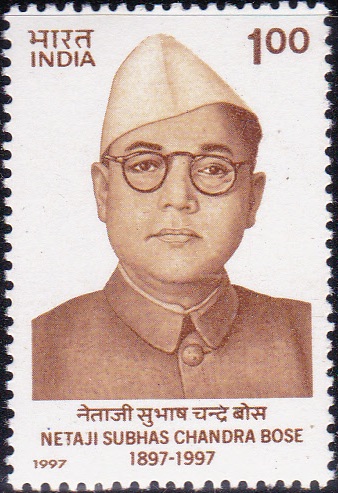
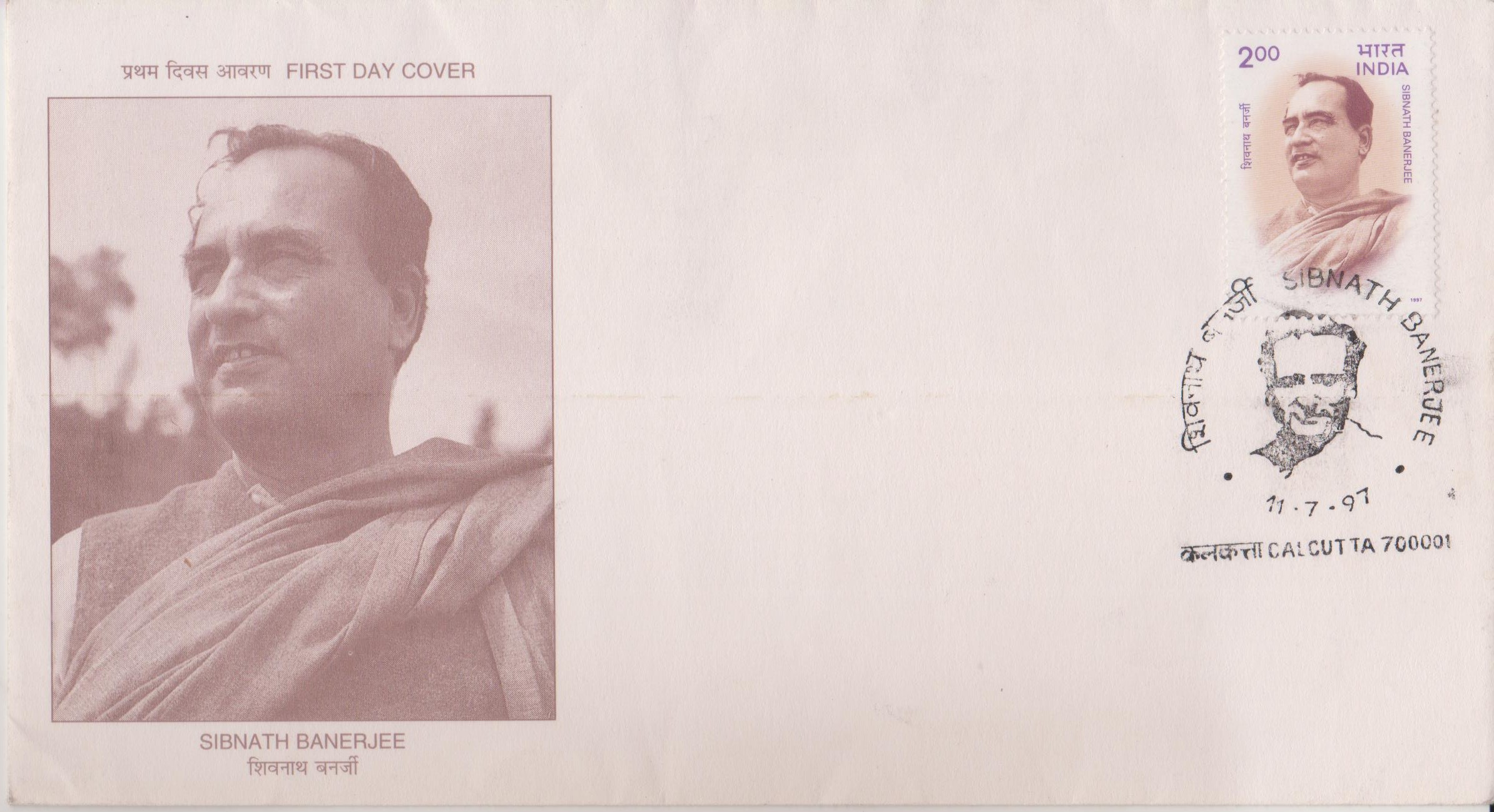
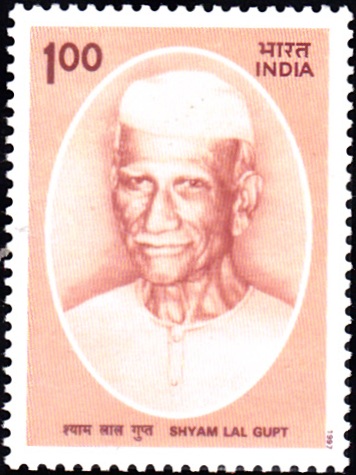
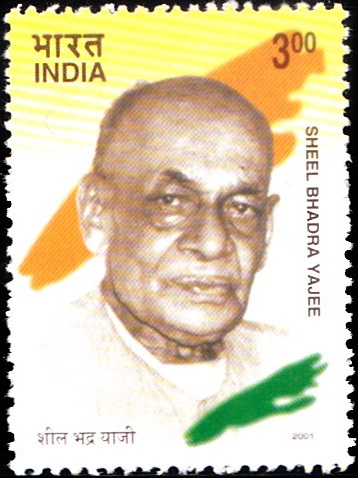
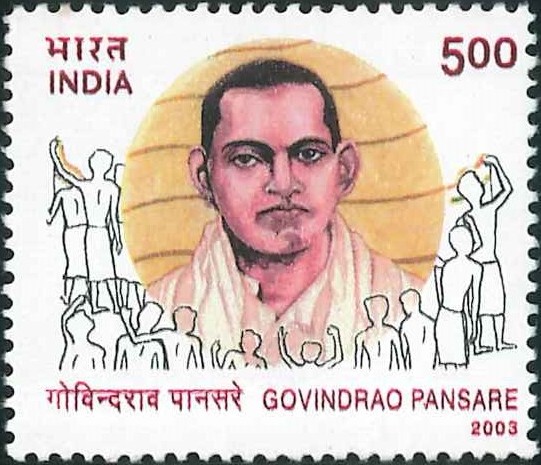
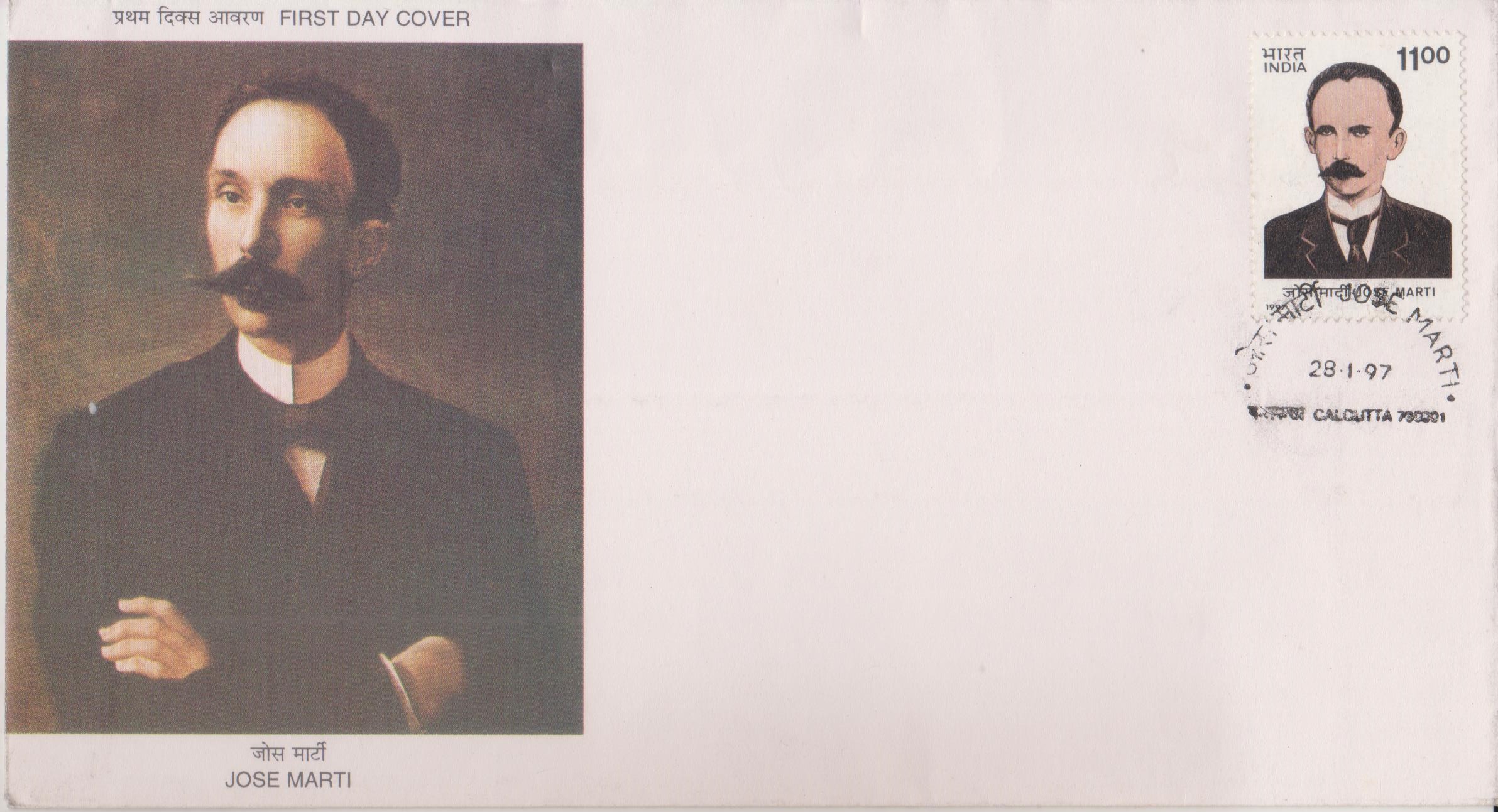
[…] Indian patriots like Bhagat Singh, Ram Prasad Bismil, Sukhdev, Lala Lajpat Rai, Shyamji Krishna Verma and a galaxy of other freedom fighters were […]
[…] his associates, he took an active part in every armed action of the party under the leadership of Ram Prasad Bismil. He was involved in the Kakori Conspiracy (1926) the attempt to blow up the Viceroy’s train […]